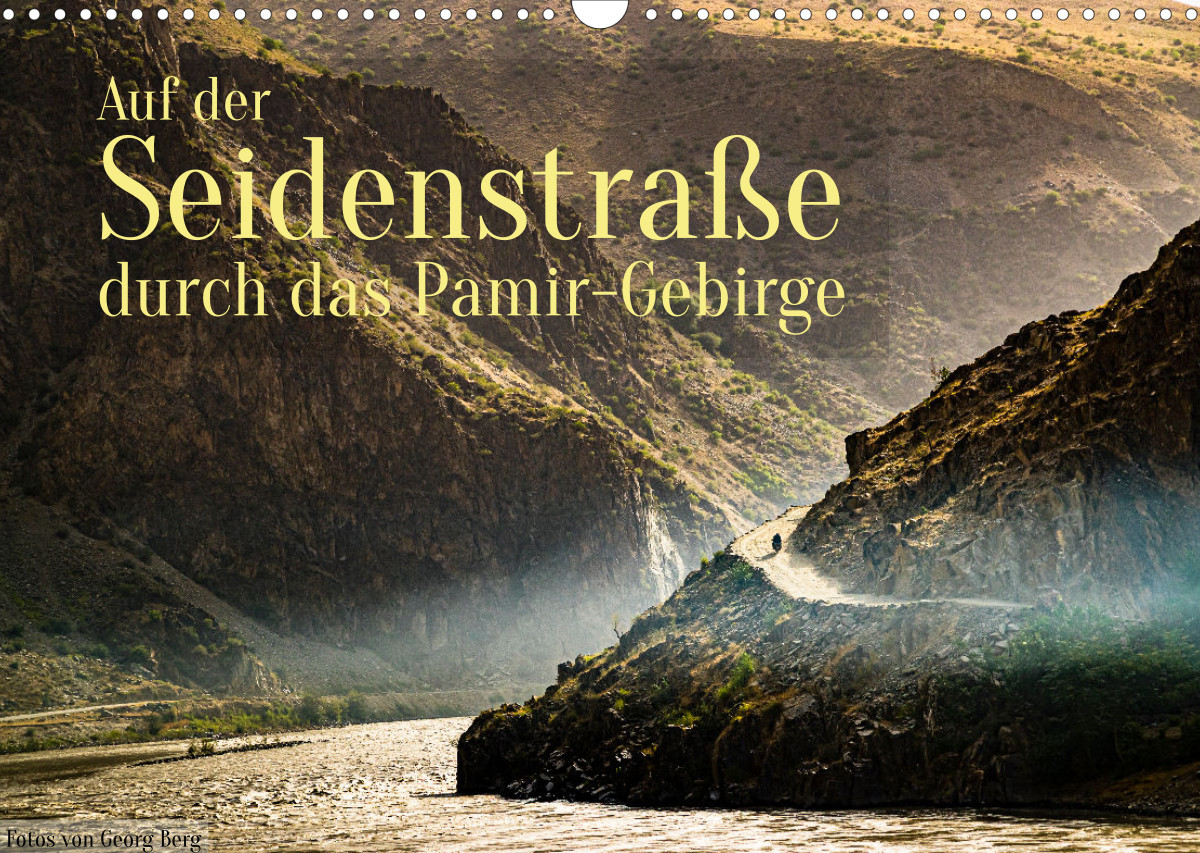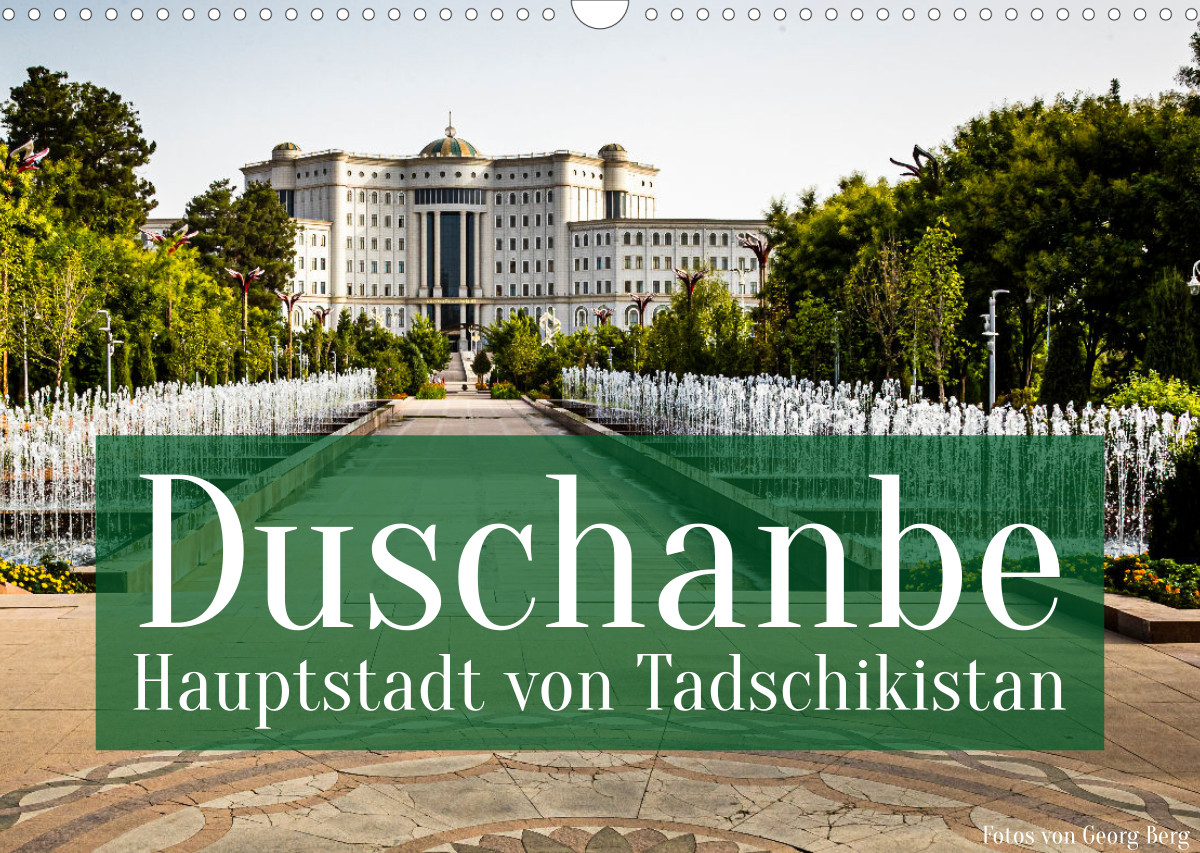With views of the very highest peaks, the Pamir Highway passes through an area that has served as a trade route between East and West for many centuries. There are few places in the world where a landscape embodies its history as much as the border between Tajikistan and Afghanistan, which is many hundreds of kilometers long here.

The metropolis of Osh, located in the south of Kyrgyzstan, is the starting point and destination for a round trip of more than 2,000 kilometers that will take us through the southern part of the former Soviet republic in ten breathtaking days. Cyrillic letters, with which both Kyrgyz and Tajik are written, and knowledge of the Russian language would definitely be better for communication here than the English spoken in many parts of the world. On the other hand, when Alexander the Great was the first European to make his way to the Central Asian trade routes, people somehow managed to communicate with each other.

On Alexander’s tracks at the Iskanderkul Lake

Alexander the Great’s horse is said to have drowned in this lake, which was formed by the Iskanderdarya River dammed by a landslide not long before his Asian campaign. Iskanderkul is considered one of the most beautiful lakes in Central Asia. We spend the night in a small village, to which a dusty road leads. In addition to classically flat adobe buildings, some houses have been built as homestays for vacationers.



In Soviet times, the rare element cesium was extracted in the area. The well-preserved mosaic on a disused factory wall is a Soviet-style reminder of the mining era. Today, goods such as cooking oil or flour are occasionally traded on the factory premises.

Why actually Silk Road?
It was indeed silk that gave the Silk Road its name. But many things were traded. First, the Chinese offered silk to the Kyrgyz in exchange for their good horses, which they needed for their campaigns. Inventions such as Chinese paper or gunpowder and Arab glass were also passed from continent to continent along the Silk Road. Especially light goods like saffron and other spices unknown in Europe were worth the arduous transport along raging rivers and over high, in winter impassable, passes.

The ancestors of the people we meet made it possible for caravans to pass through. They kept roads passable and provided people as well as their pack animals with food.

Changing power relations and also nature have meant that there are several routes, all of which can claim to be the Silk Road. Along the Pansh River, the road on the Tajik side is currently being paved by a Chinese consortium to make the belt between China and Uzbekistan through Tajikistan more passable for heavy traffic.

2018 Tajikistan proclaims the “Year of Tourism”.
On our journey, we also pass the place where in 2018 a group of foreign bicycle tourists became victims of a deadly terrorist attack. That same year, President Emomali Rakhmon, in whose native district of Danghara the crime occurred, proclaimed the Year of Tourism.

Through its tourism offensive, Tajikistan hopes to multiply the number of foreign tourists and thus support its economy. Besides the Pamir Highway, the capital Dushanbe and the Pamir Mountains-Alpinism with its 7-thousand-meter peaks-are attractive destinations. Visa requirements have been somewhat simplified in the last year and we have found the formerly dreaded border and in-country checkpoints friendly and correct.
Dushanbe, capital with a long history of trade
Already 500 years before our era two historical trade routes crossed where Dushanbe is located today. A market was always held here on Mondays. That is why the name of the place literally means Monday [The second day after Saturday = “Du” (two) + “Schambe” (Saturday)]. Today, the market hall away from the city center is a very lively attraction. The huge construction was completed in 2015 and put into operation in 2017 under French management. At the same time, other marketplaces in the city were dissolved.

It is rare to see so many pyramids of spices, dried fruits, vegetables and nuts. It is not the customers themselves who push their shopping carts between them. The transporters have a profession of their own. They collect all the heavy vegetables, melons and other goods and take them outside into the throng of cabs and private vehicles in which the customers take their purchases away.

Payment in both Tajikistan and Kyrgyzstan is predominantly in cash. Kyrgyz som and Tajik somoni can be exchanged for US dollar or euro notes. ATMs are scarce even in large cities. If a credit card is accepted anywhere at all, it is most likely Visa.

Kyrgyzstan, the land of horses
A quarter of all Kyrgyz live from cattle breeding. For every 6 million inhabitants there are 20 million grazing animals in Kyrgyzstan, of which about 10 million are horses. The nomadic way of life in yurts makes it possible to offer the animals nutritious pastures at any time of the year.


Reportage: Unforgettable at Peak Lenin
Reportage: Tajikistan’s Capital Dushanbe
Background Reportage: Special Adventures on the Silk Road
Calendar

On the way on the traces of Marco Polo
The Silk Road leads to the most promising places in the world. On the so-called Pamir Highway, the old trade route in High Asia leads through the Pamir Mountains, where, along with the Himalayas, the Karakoram and the Hindu Kush, the highest mountains on earth can be found. Even Marco Polo used some of the routes on his journey to China, which still lead across the roof of the world today.
Dushanbe
The city of Dushanbe is located on the Silk Road and, as in the Middle Ages, is still an important trading center today. This is evidenced by the many representative buildings and the lively life in the modern market hall. The amount of fresh products and especially the variety of oriental spices are overwhelming. With this calendar you can enjoy the Orient in abundance for a whole year.
The costs for accommodation and half board on site were covered by the organizer
(*) This post contains advertising links (also called affiliate or commission links) that lead to Amazon.de.


